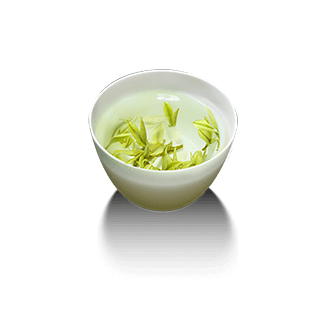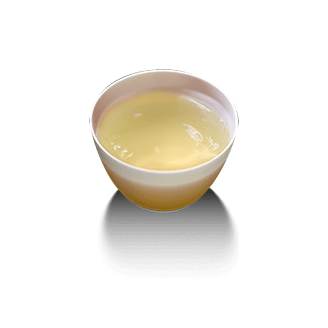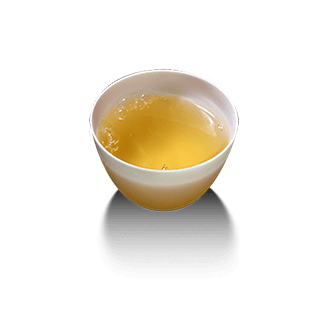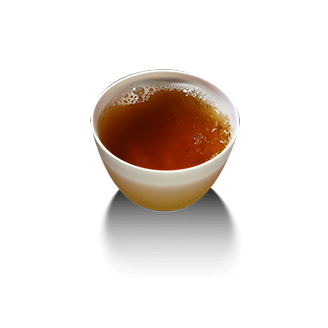



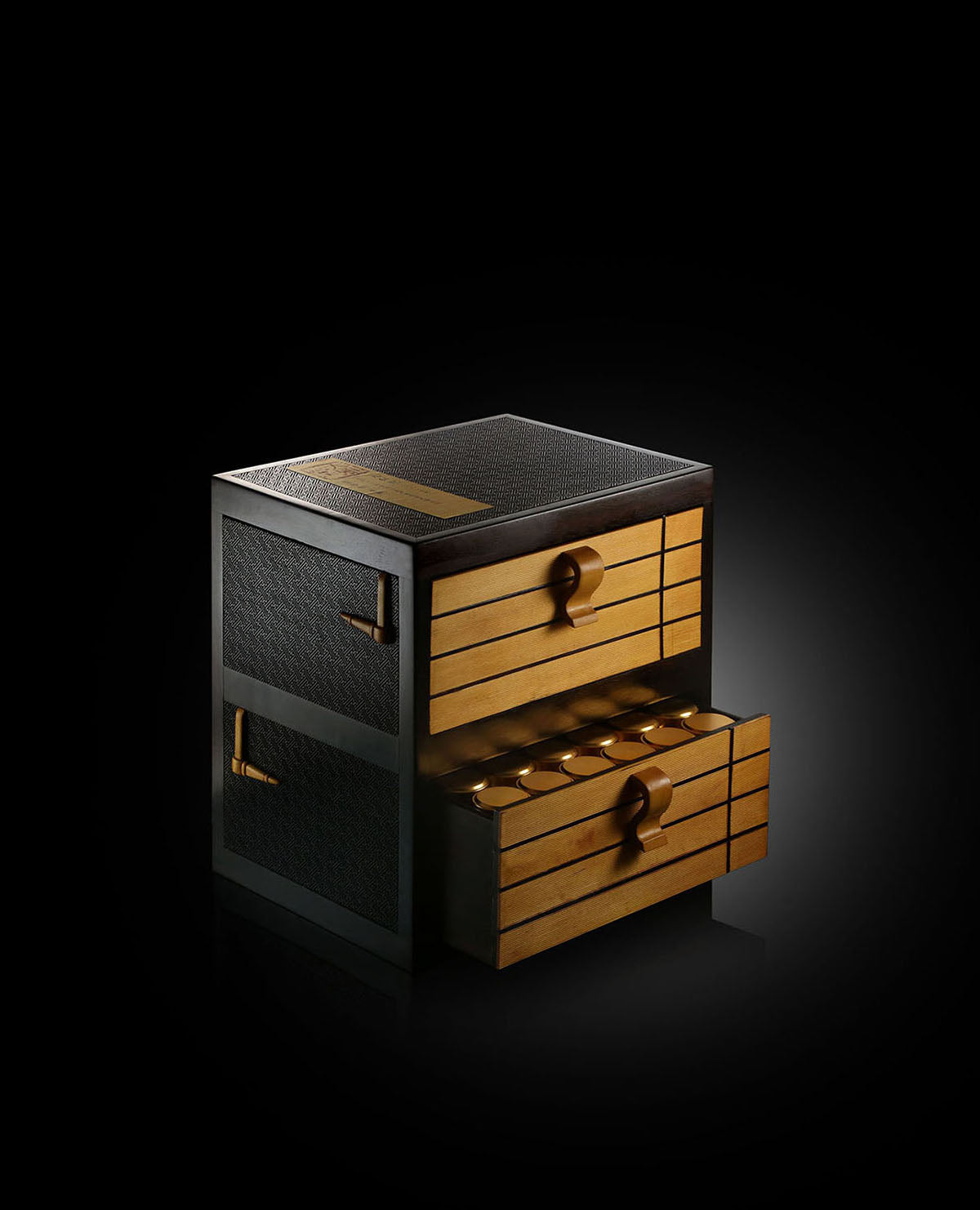
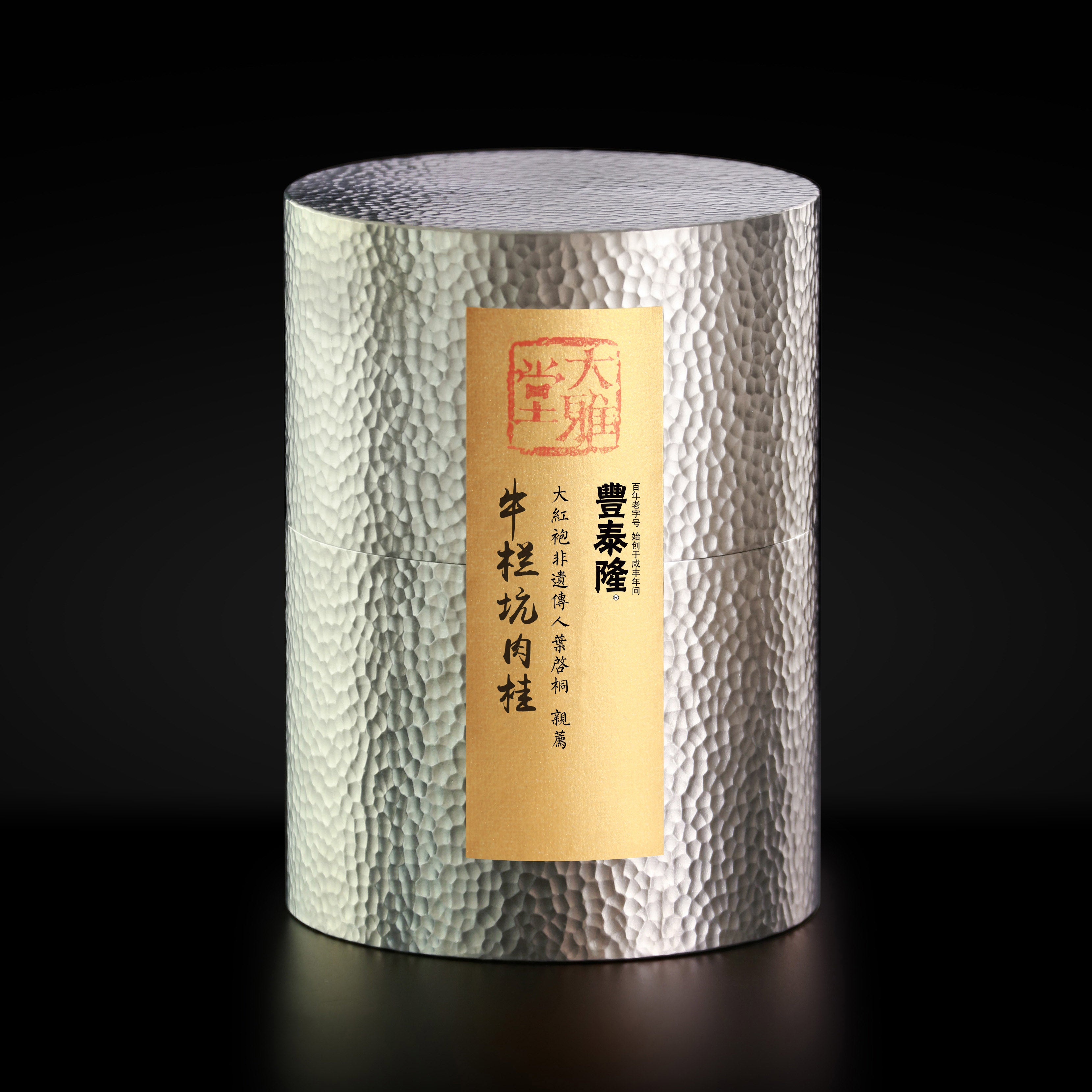
Niulan Keng Rougui
National ICH Inheritor Ye Qitong Curated Selection







Niulan Keng Rougui
National ICH Inheritor Ye Qitong Curated Selection
Niulan Keng Rougui
National ICH Inheritor Ye Qitong Curated Selection

Inheritor of the National Intangible Cultural Heritage — Wuyi Rock Tea Production Techniques, and Senior Tea Taster in Wuyi Mountain.
with long-term engagement in the production,
processing, and research of Wuyi Rock Tea.
He presided over the development of two national standard samples of Wuyi Rock Tea (2004, 2006).
Ye Qitong is an elder statesman in the current Wuyi Rock Tea industry,
and one of the respected tea experts.
Ye Qitong
Grand Master of Wuyi Rock Tea & National ICH Inheritor
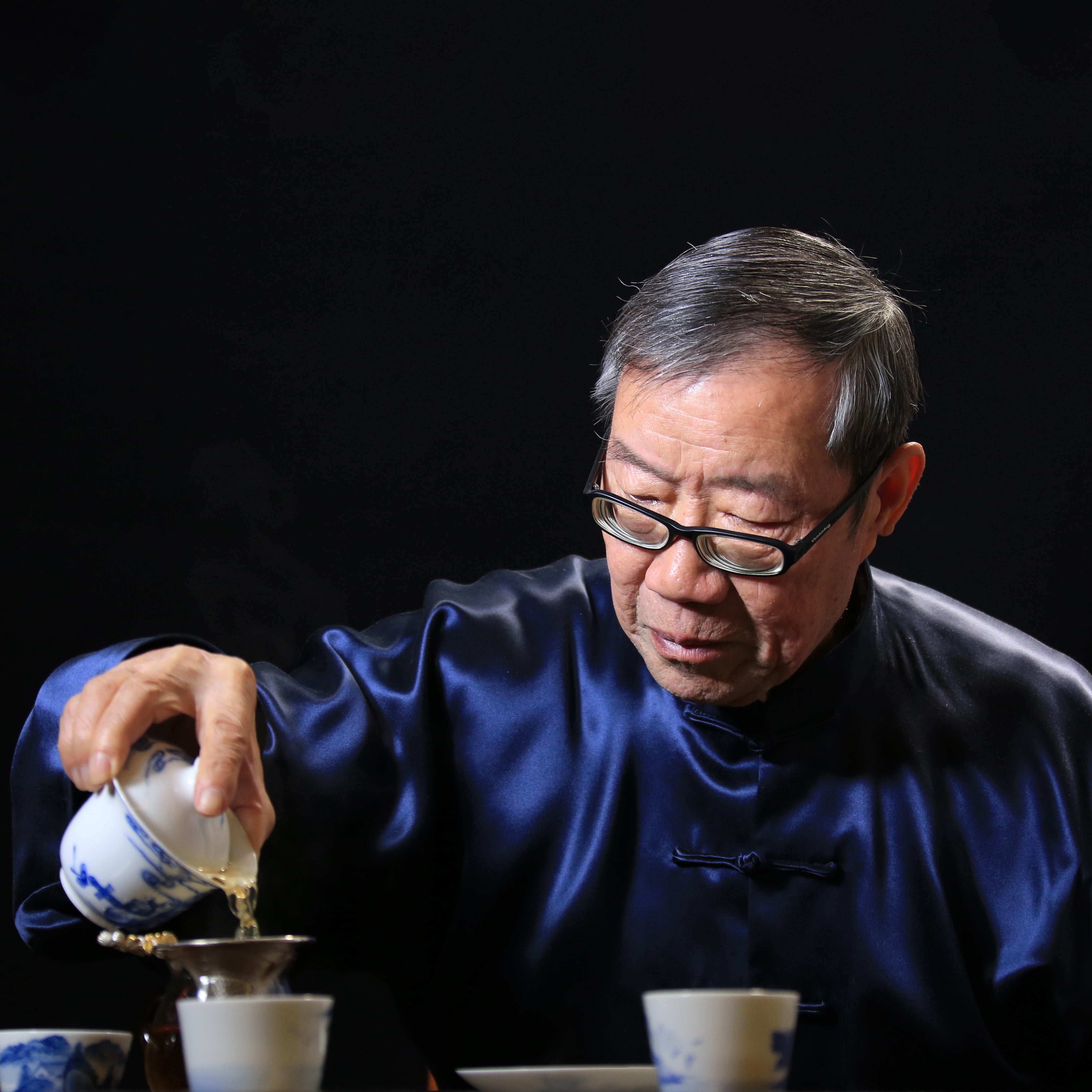
In today’s tea circle, the names "Niurou (Niulan Keng Rougui)" and "Marou (Mazukeng Rougui)" are often heard, yet few live up to their reputations.
Niulan Keng Rougui accounts for merely one or two thousandths of Wuyi Rougui’s annual output — to encounter it is already a tea fate, let alone to taste its true flavor?
My first taste of authentic Yancha "Niurou" was truly a gift from Master Ye Qitong.
Its liquor is as mellow and thick as congealed fat; its throat rhyme is as profound as a secluded valley. The fragrance first strikes with the pungent sharpness of cinnamon bark, then fades into dense milkiness, with floating fresh floral and fruity notes, and even a subtle jujube sweetness emerging gently.
As the rock rhyme lingers long, the whole mouth salivates profusely. After drinking, I leaned over my desk in admiration — my reverence for Master’s craftsmanship and the exquisite beauty of Niulan Keng deepened yet again.

Master Ye’s tea-making craftsmanship is exquisite, and his knowledge of tea science is profound and comprehensive. He is a man of simplicity and sincerity.
I once had the privilege of sitting by his side at his residences in Wuyi and Xiamen, listening to his teachings felt like basking in the spring breeze — the insights I gained are enough to benefit me for a lifetime.
To let all understand the true origin of "Niurou (Niulan Keng Rougui)", I once followed the veteran tea farmer Grandpa Tang into the mountains at four o'clock in the morning.
At that time, thick fog filled the valley like congealed syrup; the rocky mountain air pierced to the bone and soaked into our clothes. Pebbles crunched under our feet, and only the gurgling of a hidden stream came through the mist.
Zhuoma, a fellow tea lover, was seized by a sudden impulse and shouted toward the mountain barrier — her voice echoed through the empty valley, scattering the thin mist a little.
When we reached the "Ox Head" spot, the eastern sky had turned pale. The fog congealed like silver silk, and only then did we see the cinnabar cliffs standing face to face like dark green screens, with the secluded valley stretching in a U-shape.
Grandpa Tang pointed to the valley and smiled: "This land is shaped like a reclining ox — narrow at the head, wide at the neck, and slender at the tail, hence the name 'Niulan Keng (Ox Pen Hollow)'."
Its soil is thin with exposed rocks, which drains water well yet retains minerals; iron, potassium and other elements seep into the tea roots with morning dew.Its cliffs block the scorching midday sun, allowing only scattered morning light to filter through — this lets amino acids and cinnamaldehyde accumulate in the tea buds and leaves.
Wind drifted through the stream gorges, brushing the tea shoots; dew droplets clung to the tender leaves and buds, fresh and moist, perfectly embodying the line: "A thousand feet of cliffs lock in green mist, a winding secluded stream winds among clouds."
When the morning glow dyed the moss-covered valley walls, I finally understood: only this place, which "traps wind and gathers vital energy", can nurture the true rocky character of the tea — pungent yet crisp, with sweet and refreshing liquor.
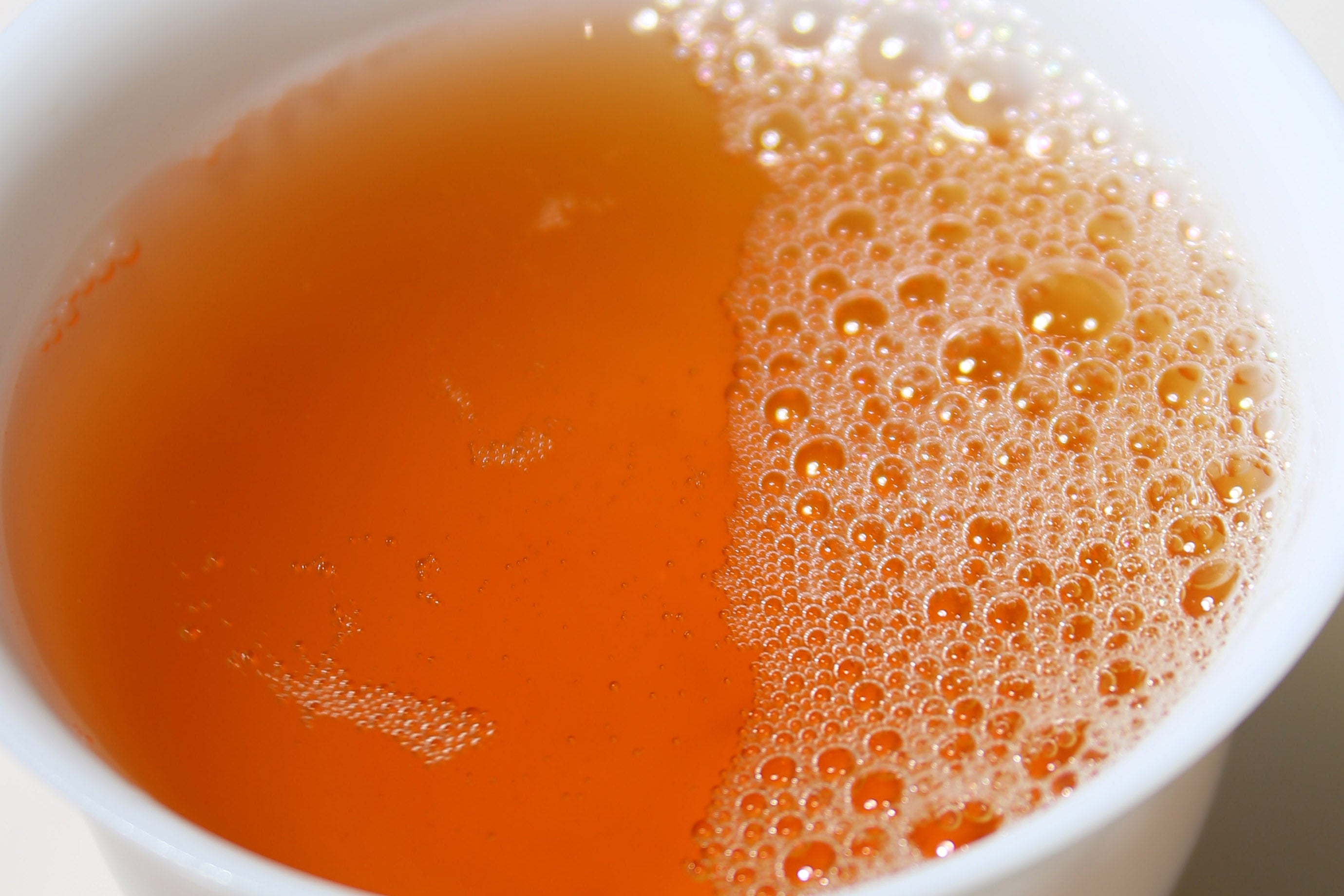
Suddenly Zhuoma asked: "Why is Rougui named as such?"
I replied: "In the Qing Dynasty, Jiang Heng was once invited by the master of Panlongyan to name the tea. After sipping it, he composed the line: 'The rare cultivar holds a perfect natural flavor; papaya’s mild richness and cassia’s subtle pungency blend in it'. For its pungent aroma resembling cassia (cinnamon), it thus gained the admirable name 'Rougui (Cinnamon Tea)'."
Before I finished speaking, mountain wind had swept through the valley — the tea trees all over the hollow rustled, as if recounting the centuries-old stories of rocky rhyme, and harmonizing with the morning glow.
When the glow filled the entire valley, I realized that this half-day excursion had unexpectedly let me grasp the essence of Yancha (rock tea).

Ye Qitong, National ICH Inheritor Curated Selection
Authentic Niulankeng Rougui
Appreciation
This top-tier pure Niulan Keng Rougui by Ye Qitong represents the pinnacle combination of "core Zheng Yan (True Cliff) terroir + Intangible Cultural Heritage craftsmanship".
Niulan Keng—core of Wuyi Rock Tea’s prestigious "Three Pits and Two Ravines", boasting danxia gravel soil and a mist-shrouded micro-ecology—endows the raw material with a unique "rock texture".
The traditional craftsmanship inherited by Ye Qitong (precise leaf withering, slow roasting over lychee charcoal at a moderate fire) maximizes the Rougui’s "spicy cinnamon aroma" and the production area’s "mountain charm".
To truly appreciate its essence as a "top-tier Zheng Yan Rougui", tasting must focus on three core characteristics: "powerful rock rhyme, layered spicy notes, and rich, smooth liquor texture".
Year : 2025
Grade : Premium Grade
Supervisor : Ye Qitong, National ICH inheritor of Wuyi Rock Tea (Da Hong Pao) Craftsmanship
Origin : Core premium rock tea - producing area of Wuyi Mountain
Variety : Rougui
I. Core Foundation: Dual Rarity of Terroir and Craftsmanship
- Niulan Keng Terroir Genes :
Covering only over 30 mu (approx. 2+ hectares), Niulan Keng features thin gravel soil rich in minerals (iron, potassium), frequent mists, and short sunlight exposure (3-4 hours of scattered light daily). Tea trees grow slowly with thick leaves, boasting high concentrations of active ingredients (catechins, aromatic substances) — laying the foundation for its distinctive "rock rhyme". - Traditional ICH Craftsmanship Recommended by Ye Qitong :
"Traditional Leaf Withering": Alternates 7-8 rounds of shaking and cooling, controlling fermentation at around 35%. This preserves Rougui’s spicy notes without causing a stagnant taste.
"Slow Roasting Over Lychee Charcoal at Moderate Fire": Low-temperature roasting (90-100℃) for 5-7 days, followed by one re-roasting.
The roasting intensity neither overshadows the aroma nor suppresses the rhyme, achieving a balanced fusion of terroir-specific and variety-specific fragrances.
II. Appreciation Dimensions: The Authentic "Zheng Yan Character" from Outside to Inside
1. Dry tea leaves: Robust and Lustrous, Epitomizing Zheng Yan's Essence
The tea leaves are tightly bound, robust, and slightly twisted (uniform rolling intensity reflects solid craftsmanship).
Color: Dark brown with a glossy, jewel-like sheen (a natural luster from moderate roasting, free of burnt edges).
Aroma: Faint spicy cinnamon notes blend with rock mineral aromas, no off-odors.
Texture: Flexible when gently pinched (thick leaves with plump fibers, distinct from the looseness of tableland tea).
2. Aroma: Layered and Distinct, Coexisting Spicy Notes and Rock Rhyme
The aroma presents a "three-stage evolution" with temperature changes—an iconic trait of top-tier Niulan Keng Rougui:
3. Liquor Color: Orange-Red and Translucent, Golden Rim Indicates Quality
After brewing, the liquor presents an orange-red and translucent hue with obvious lacing on the cup walls. A distinct "golden rim" forms along the liquor edge—a sign of high contents of catechins and amino acids. Even after 8 infusions, the liquor remains orange-red without turbidity, confirming pure raw materials and impurity-free craftsmanship.
4. Taste: Powerful Rock Texture, Balanced Spiciness and Sweetness
The spicy cinnamon note hits the palate instantly—non-irritating to the throat and free of astringency, presenting a "gentle warmth with subtle spiciness".
The liquor is rich, smooth and full-bodied (high pectin content creates a comforting coating sensation in the mouth).
In the mid-palate, the "rock rhyme" bursts forth:a slight astringency on both sides of the mouth (the "structural firmness" of the rock texture),followed immediately by a rapid spread of sweet aftertaste and obvious fluid secretion at the throat base.
5. Wet Leaves : Thick, Fresh and Vibrant, Revealing the True Nature of Raw Materials
The wet leaves are greenish-brown with red edges—a standard of "green leaves with red trim" indicating precise leaf withering. The leaves are thick and flexible, with a "toad skin" texture on the surface (a sign of proper moderate roasting). The leaf veins are clear and distinct (evidence that Niulan Keng tea trees have deep root systems and abundant nutrient absorption). There are no broken or burnt leaves, reflecting exquisite craftsmanship.
Conclusion: More Than Tea – A Benchmark for Zheng Yan Rougui
The rarity of this tea lies in how Ye Qitong “restores” the true essence of Niulan Keng through Intangible Cultural Heritage craftsmanship. It neither deliberately emphasizes spicy notes nor over-roasts the leaves; instead, it lets “rock texture” serve as the foundation, “spicy aroma” as the accent, and “sweet aftertaste” as the lingering charm. This is a textbook example of “Zheng Yan Rougui”.
For tea lovers, tasting it is more than just savoring a flavor—it is experiencing the natural bounty of “Three Pits and Two Ravines” and the inherited ingenuity of intangible cultural heritage craftsmanship.

Liquor Color: Bright orange-red with a distinct golden rim, showcasing superior quality
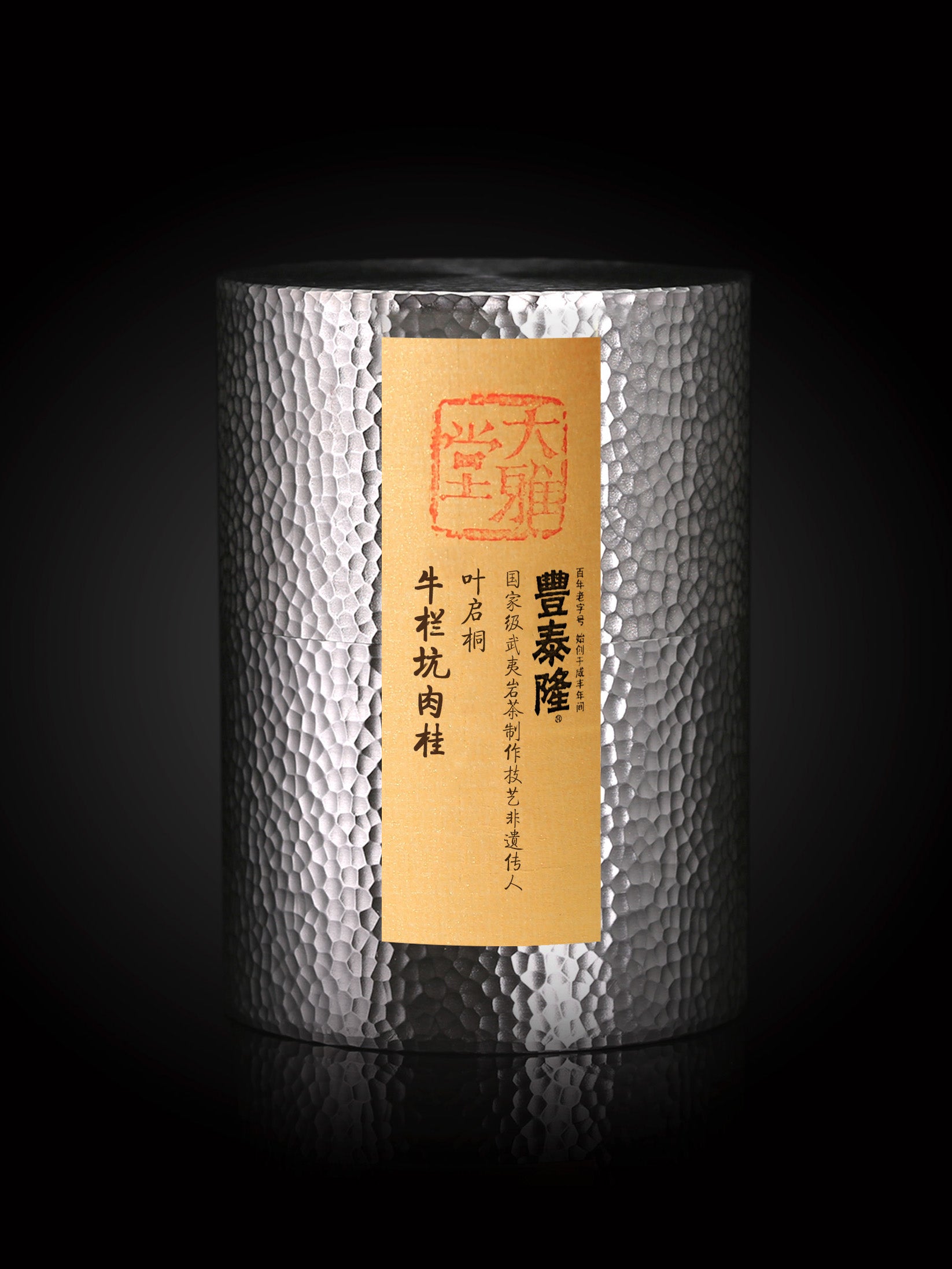
Packaging: "Forged Through Thousands of Hammers" Handcrafted Pure Tin Can
Ye Qitong, National ICH Inheritor Curated Selection
Authentic Niulankeng Rougui.
brewing
Ye Qitong, National ICH Inheritor Curated Selection
Authentic Niulankeng Rougui.
brewing
I. Pre-Brewing Preparation
Utensils :
Main Brewer: 110ml small vermilion clay gaiwan (enhances aroma and accentuates the bold rock rhyme and spicy notes).
Auxiliaries: Glass fairness cup (to observe the orange-red liquor), 50ml white porcelain tasting cups (for accurate aroma presentation).
Tools: Bamboo tea spoon (odor-free), thin-spout kettle (for water flow control).
Tea and water :
Tea: Wrap 8g dry tea in tissue paper, aerate in a cool, well-ventilated place for 30 minutes (reduces stagnant taste).
Water: Use purified water with TDS 50-100mg/L (mineral water is not recommended as it masks the rock rhyme); boiling water at 100℃ is required (to stimulate deep-layered rock rhyme and spicy notes).
II. Core Brewing Steps
Warm Ware & Rinse Tea:
Rinse all tea ware with boiling water until the temperature reaches ≥80℃ (to avoid trapping aroma), then drain thoroughly. Add 8g tea to the gaiwan, shake gently to spread evenly at the bottom. Pour boiling water from a height (10cm above the gaiwan rim), fill to the brim, cover, and steep for 5 seconds before draining completely (rinse once only to preserve spicy notes). Use the rinsing water to warm the tasting cups and enhance residual aroma.
Brewing:
Infusions 1-3: Pour boiling water from a height along the gaiwan wall, steep for 6-8 seconds (releases cinnamon aroma and awakens the tea’s inherent qualities).
Infusions 4-7: Pour boiling water from a height in a circular motion, steep for 10-12 seconds (rock rhyme blends with spicy notes, and the liquor becomes richer).
After Infusion 8: Pour boiling water from a height at a fixed point, add 5 seconds to each subsequent steep (preserves the sweet finish, with rock rhyme lingering).
Note: Drain the liquor completely within 10 seconds when serving (tilt the gaiwan at 15°) to avoid bitterness from over-steeping.
3. Key points
Avoid water temperature below 95℃ (rock rhyme is hard to release), steeping for over 15 seconds (bitterness appears), and tea ware with foreign odors (flavor contamination).
With moderate to full roasting and aroma-locking vermilion clay gaiwan, it ultimately presents the true Zheng Yan (True Cliff) character: "spicy notes without irritating the throat, rock rhyme lingering at the throat base, and a rich, smooth liquor with natural sweetness."

Bois de rose & Filigree Sandalwood Relief Carving & Hoopoe Perching on Branches & Wan" (Eternity) Pattern & Four-Drawer Tea Caddy.
Length: 35cm Width: 25cm Height: 19cm
This is an original patented packaging work of Dayatang, crafted from Bois de rose. The front side is fitted with four drawers of uniform height, and the vertical surfaces are fully inlaid with the continuous "Wan" (eternity) pattern, which is even and exquisitely detailed.Drawer knobs: also carved with the "Wan" pattern, achieving harmony and unity.Top surface: featuring filigree sandalwood relief carving of a hoopoe perching on blooming branches — the bird's feathers are intricately detailed, the flowers are full and plump, and the branches and leaves stretch gracefully, rendering the craftsmanship absolutely exquisite.
"Forged Through Thousands of Hammers" Handcrafted Pure Tin Can
Height: 15 cm | Diameter: 11 cm | Net Weight: 250 g
Crafted by Sheng Yiyuan, ICH Inheritor of Yongkang Tin Carving.
The can body is shaped through thousands of manual hammer strikes, boasting a delicate and warm texture. Each hammer mark—varying in depth—stands as a unique imprint, a vivid testament to the warmth of handcraftsmanship and the profound meaning of intangible cultural heritage ingenuity.
The interior is finely polished using precision numerical control (NC) technology, ensuring a smooth and burr-free surface. The lid and mouth, crafted with high-precision techniques, achieve an airtight seal. This fusion of handcrafted warmth and modern technical precision preserves ancient charm while guaranteeing practicality.

Height: 15 cm | Diameter: 11 cm | Net Weight: 250 g
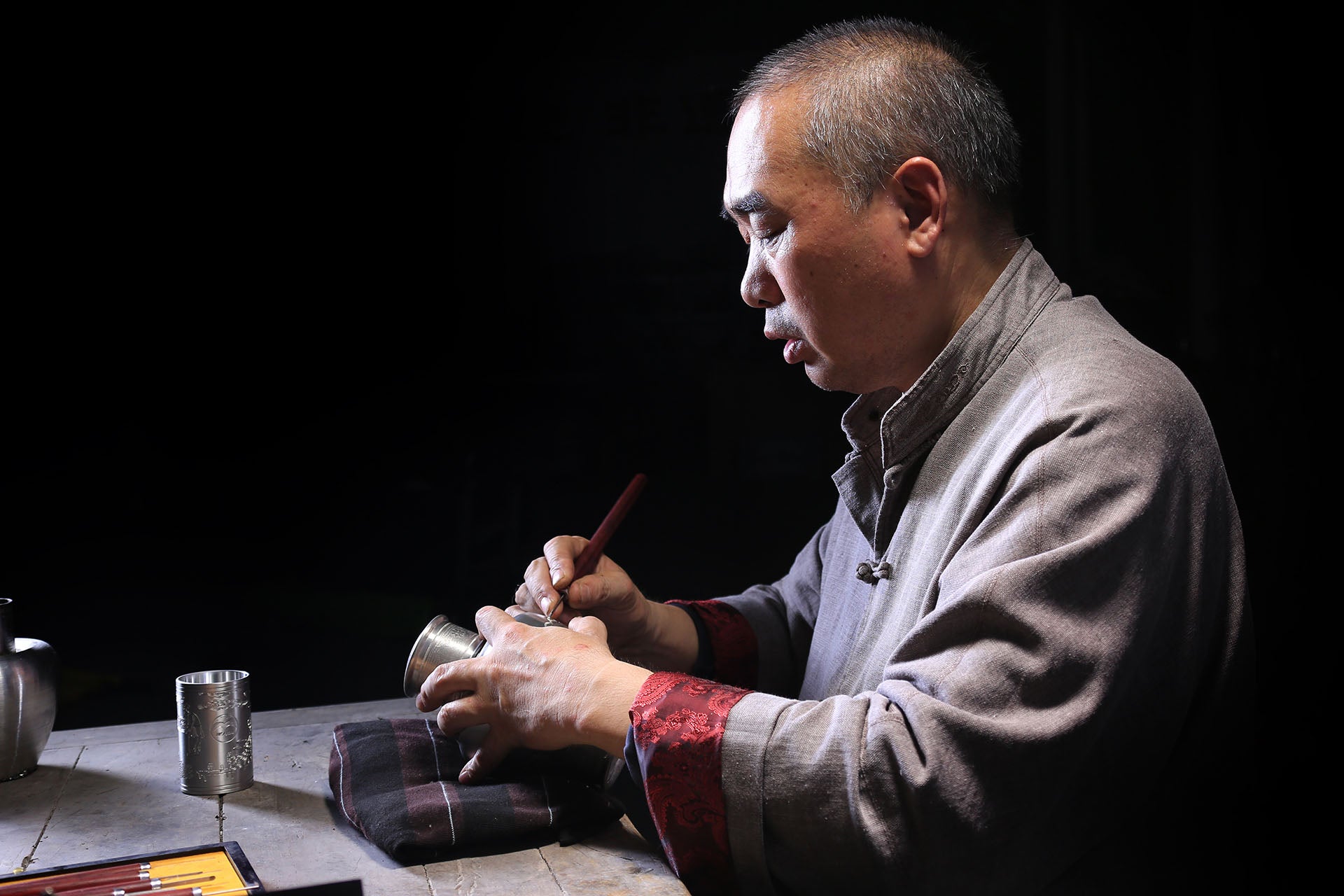
Sheng Yiyuan,ICH Inheritor of Yongkang Tin Carving
Ye Qitong, National ICH Inheritor Curated Selection
Authentic Niulankeng Rougui
storage

Stable, dry, away from light/odor. Store at room temperature in original packaging for daily use.
Ye Qitong’s Niulan Keng Rougui is a fusion of raw materials nurtured by the gravel soil of Wuyi’s core Zheng Yan region and the traditional craft of slow roasting over lychee charcoal at a moderate fire.
I. Core Storage Principles
- Temperature and humidity control :
Temperature: Prioritize a cool room temperature of 20-25℃ (suitable for consumption within 1 year).
For long-term storage, refrigerate at 0-10℃ (strict airtight sealing required). Avoid drastic temperature fluctuations of ±5℃.
Relative Humidity: Maintain a stable 50-60%.
Humidity above 70% may cause mold growth; below 50% can lead to aroma loss. - Light and odor Isolation :
Completely shield from sunlight and strong light (ultraviolet rays decompose aromatic substances).
Keep away from odor sources such as kitchens, spices, and cosmetics.
Zheng Yan Rougui has strong adsorption; cross-contamination will cause irreversible damage to its rock rhyme and spicy notes. - Airtight Sealing with Minimal Ventilation :
Moderately roasted rock tea needs to block excessive air (to prevent oxidation and aroma loss) but requires minimal ventilation to release residual roasting dryness.
Avoid full vacuum sealing (prone to stagnant taste) or excessive ventilation (leading to aroma dissipation and weak flavor).
II.Container Selection & Scenario Adaptation
Recommended Storage:
Use airtight tin cans, with the tea sealed in food-grade aluminum foil bags (squeeze out all air before sealing).
Prohibited Containers:
Transparent glass jars (light transmission accelerates oxidation).
New purple clay (zisha) pots (new pot odors contaminate the tea).
Ordinary plastic bags (prone to odor absorption and moisture retention).
III. Operating Steps and Daily Maintenance
- Room temperature storage :
Place portioned tea into tin or ceramic jars. Put 1 sachet of unscented silica gel desiccant in the corner of the jar (add when humidity exceeds 60%, check and replace monthly). Store the jar on the upper shelf of a bookcase, away from kitchens and balconies. - Refrigerator storage :
Sealed tin cans must be kept away from the refrigerator door (to prevent condensation caused by temperature fluctuations from opening and closing). Before drinking, take the can out and let it return to room temperature for 30 minutes before opening the bag (to avoid moisture absorption and re-greening of the tea). - Environmental Avoidance:
Avoid placing it on balconies (large temperature differences), wardrobes (camphor odor), or sink areas (high humidity). During the plum rain season, place a moisture-proof box in the storage cabinet to assist in humidity control.
IV. Precautions
1. Three core taboos
- Avoid Blind Refrigeration: Refrigeration is unnecessary in non-high humidity and high-temperature areas (e.g., dry northern regions). Low temperatures may solidify the roasted flavor, affecting the natural evolution of rock rhyme.
- Avoid Frequent Disturbance: Repeated exposure of tea to air and moisture can easily lead to aroma loss and re-greening. Minimize movement and opening after storage.
- Avoid Long-Term Storage Without Consumption: The optimal tasting period for moderately roasted Niulan Keng Rougui is 1-3 years. Flavor evaluation is required after 5 years—rock rhyme may fade, spicy notes may weaken, and excessive aging will waste the value of this rare tea.
2. Storage logic adapted to tea characteristics
The moderate roasting degree and premium Zheng Yan raw materials of this tea determine its storage logic:
The slightly ventilated environment of tin or ceramic jars not only allows the residual roasting dryness to dissipate slowly but also prevents the rock rhyme and cinnamon spicy notes from being damaged by oxidation.
Precise temperature and humidity control align with the rich inherent ingredients of Niulan Keng raw materials — minerals and aromatic substances blend gradually in a stable environment, softening the spicy notes and deepening the rock rhyme.
Ultimately, it presents the authentic flavor endowed by craftsmanship: "spiciness balanced with sweetness, and distinct rock texture".






